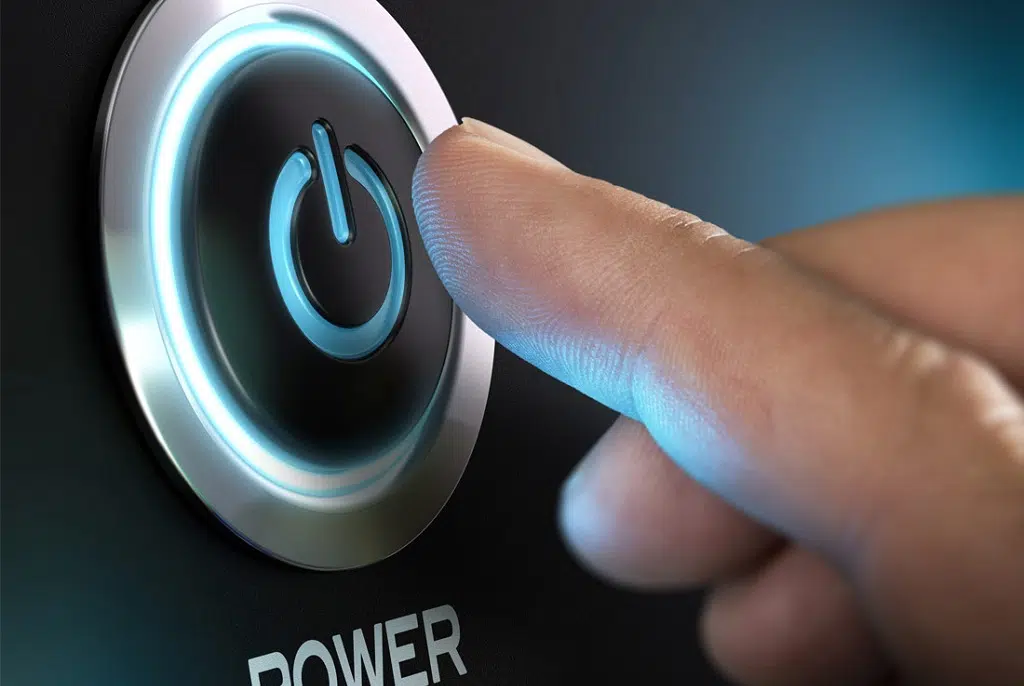A computer uses RAM to hold temporary instructions from the user and the data needed to complete tasks. This enables the computer’s CPU (Central Processing Unit), to access instructions and data stored in memory very quickly.” Some of the applications we use on our computer send information to memory, but when the application closes, the information sometimes fails to be removed (this is called a memory leak). Cycling the power on your computer forces all the memory in use to be emptied, clearing it up for future use and increasing the speed and availability of memory for other applications to use.
Almost all applications have some sort of memory leak. From the very minor for well-established applications like the Microsoft Office suite to much more major leaks from extremely memory-intensive applications such as AutoCAD. End-users can’t do anything to fix the leaks that are already present in these applications, but we can reset the severity of the leaks by powering off our systems or cycling the power at least once per day.
Those who keep their machines booted up indefinitely are familiar with the little problems that crop up when a computer is in use for a long time. Strange little issues occur and they’re often solved with a reboot. When your computer starts up only starts the necessary background services run efficiently and over time unwanted services are started in the background and could utilise resources that can be used elsewhere. If you’re essentially rebooting every day, you’re giving your machine a fresh start. This helps avoid minor system issues and you can benefit from slightly better performance and computer speed.
While you can never really know when your computer is going to fail, less stress placed on its components will contribute to a longer life. You still have to keep it clean, dust-free and well-maintained, but less activity can help your hardware last longer.

